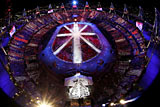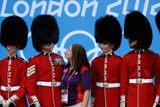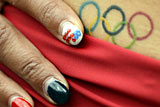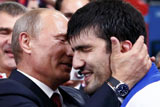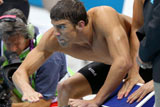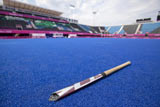Cycling - BMX
Updated: 2012-05-14 16:29:51
(london2012.com)
|
|||||||||||
The fast and furious sport of BMX makes only its second Olympic appearance at the London 2012 Games.
BMX (Bicycle Motocross) began to take off in the late 1960s in California, around the time that motocross became popular in the US. The motorised sport was the inspiration for the pedal-powered version - a breathtaking spectacle that's since become popular all over the world.
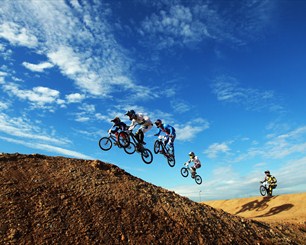 |
Competition dates
July 25 - Aug 11
Competition venue
Olympic Park - BMX Track
Number of medal events
Two - men's and women's competition
Number of competitors
48 (32 men, 16 women). Each country is limited to three men and two women.
Field of play
The men's track is 470m long and the women's is 430m long. Both outdoor tracks are built up with jumps, bumps and tightly banked corners.
History of BMX at the Olympic Games
Having made its debut at the Beijing 2008 Games, BMX Cycling is the most recent discipline to have been added to the Olympic programme. The first Olympic BMX gold medals were claimed by Latvia's Maris Strombergs and France's Anne-Caroline Chausson.
The basics
The BMX races at London 2012 will be held on a short outdoor track, with the riders starting on an 8m-high ramp. Each race lasts around 40 seconds.
BMX bikes have only one gear and one brake. Most racing riders use wheels that are 20 inches in diameter - roughly two-thirds the size of wheels used on a standard road bike. Bikes need to be strong enough to endure the wear and tear from the jarring landings after jumps, yet light enough to remain fast and competitive.
Competition format
The men's and women's events at London 2012 both start with a seeding phase: each rider runs the track once to determine the seedings, which ensures that the fastest riders don't meet before the final.
The women progress straight to the semi-finals and the men's event continues with the quarter-finals, which are held over five runs, with points for places on each run. After three runs, the best two riders from each quarter-final progress to the semi-finals. The remaining riders compete in the final two quarter-final runs and the best two from each quarter-final also progress to the semi-finals.
From here, the semi-finals in both the men's and women's events follow a three-run format. The top four riders from each semi-final advance to the final, where the medals are decided over one run.
Officials
Officials include inspectors, who ensure that all bikes conform to International Federation regulations, start and finish officials, and race officials, who are stationed along the course and ensure riders adhere to all rules and regulations.
Keys to success
BMX riding is fast and furious and riders must be daring and fearless. Although short, the track is demanding and the winning riders must be able to beat the field and stay out of trouble.
Breaking the rules
The race officials are on the lookout for any infringements, such as deliberately interfering with another rider, coming into contact with other riders or obstructing their racing line in the final straight. Officials can issue a warning, with two warnings resulting in disqualification. They also have the power to relegate a rider to last place in a particular run, regardless of where the rider actually came.
Jargon buster
Berm - a banked corner
Bunny-hop - to lift both wheels off the ground at once
Gate - the start of the BMX Track
Holeshot - the first rider to take the lead after the start
Whoop - a small, wave-like bump in the track
Medal Count |
||||
| 1 | 46 | 29 | 29 | |
| 2 | 38 | 27 | 22 | |
| 3 | 29 | 17 | 19 | |
| 4 | 24 | 25 | 33 | |
| 5 | 13 | 8 | 7 | |
| 6 | 11 | 19 | 14 | |

